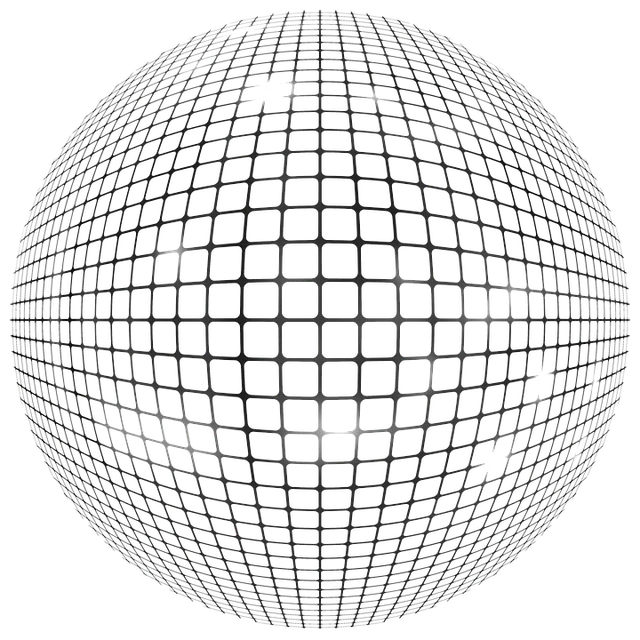Malaysian Kratom, rich in alkaloids like mitraphylline and 7-hydroxymitragynine, has been studied for its potential to lighten skin hyperpigmentation due to its influence on melanin synthesis. Preliminary research suggests that these compounds may inhibit the enzymes responsible for pigment production, offering a natural approach to improve skin tone and reduce the visibility of dark spots. The anti-inflammatory and antioxidant properties of Kratom are believed to help soothe irritated skin and protect against free radicals that contribute to hyperpigmentation. While there is excitement about Kratom's dermatological potential, it is crucial to approach its use with caution. Professional guidance is recommended as scientific research continues to explore its effects on skin health, ensuring safe and effective integration into a skincare regimen for managing hyperpigmentation. Kratom is being considered as a complementary treatment alongside conventional methods, highlighting its role in a holistic approach to dermatological care.
Explore the transformative potential of Malaysian Kratom buds in addressing skin hyperpigmentation. This article delves into the scientific underpinnings of Kratom’s alkaloids and their application in treating hyperpigmentation. Discover how incorporating these botanicals can be a harmonious addition to your skincare regimen, enhancing overall pigmentation management with natural effectiveness. Join us as we uncover the secrets behind kratom for skin hyperpigmentation.
- Unraveling the Effects of Malaysian Kratom on Skin Hyperpigmentation
- The Science Behind Kratom Alkaloids and Their Role in Hyperpigmentation Treatment
- Integrating Malaysian Kratom into a Holistic Approach for Hyperpigmentation Management
Unraveling the Effects of Malaysian Kratom on Skin Hyperpigmentation

Malaysian Kratom, a botanical extract from the leaves of Mitragyna speciosa, has garnered attention for its myriad effects on human health and well-being. Among its potential benefits is its impact on skin hyperpigmentation. Research indicates that certain alkaloids present in Malaysian Kratom, such as mitraphylline and 7-hydroxymitragynine, may play a role in modulating pigmentation processes in the skin. These compounds are thought to influence the activity of enzymes involved in melanin synthesis, potentially leading to a reduction in hyperpigmented spots over time. Users report anecdotal evidence of improved skin tone and reduced visibility of pigmentation, particularly when applied topically as part of a skincare regimen.
The mechanism by which Malaysian Kratom may affect skin hyperpigmentation is complex and not yet fully understood. It is believed that its anti-inflammatory properties could help in calming irritated skin, reducing the inflammation that often exacerbates pigmentation issues. Additionally, its antioxidant effects might aid in protecting the skin from further damage caused by free radicals, which can also contribute to hyperpigmentation. However, it is crucial for individuals interested in using Kratom for skincare purposes to approach its use with caution. The safety and efficacy of Kratom for this purpose are subjects of ongoing research, and its application should be considered as a complementary measure rather than a standalone treatment. Prospective users are advised to consult with healthcare professionals before incorporating Kratom into their skincare routines, especially given the potential for interactions with other medications and the need for proper dosing to avoid adverse effects.
The Science Behind Kratom Alkaloids and Their Role in Hyperpigmentation Treatment

Malaysian Kratom, a plant indigenous to Southeast Asia, has garnered attention not only for its traditional use but also for its potential in dermatological applications, particularly in addressing skin hyperpigmentation. The science behind this lies in the unique alkaloids found within the leaves of Kratom. These bioactive compounds, primarily mitragynine and 7-hydroxymitragynine, have been studied for their influence on skin pigmentation.
When topically applied, these alkaloids can interact with the melanin synthesis pathways in the skin. Melanin is the pigment responsible for giving skin its color, and an imbalance can lead to hyperpigmentation conditions such as age spots, sunspots, or melasma. By inhibiting the enzyme tyrosinase, which plays a pivotal role in the production of melanin, Kratom alkaloids can help prevent the formation of excess pigment. This mechanism of action is what makes kratom skin hyperpigmentation treatment a subject of scientific interest. Clinical studies have shown promising results, suggesting that products containing these alkaloids could offer a natural alternative for managing hyperpigmentation concerns. However, further research is necessary to fully understand the efficacy and optimal concentration of Kratom alkaloids for skin care applications, ensuring safe and effective use for individuals seeking to address pigmentation issues.
Integrating Malaysian Kratom into a Holistic Approach for Hyperpigmentation Management

Malaysian Kratom, a plant traditionally used in Southeast Asian herbalism, has garnered attention for its potential role in dermatological health, particularly in managing hyperpigmentation. The active compounds found within kratom leaves, such as mitragynine and 7-hydroxymitragynine, have been studied for their anti-inflammatory and antioxidant properties. These characteristics may contribute to the alleviation of skin hyperpigmentation by reducing inflammation and protecting against oxidative stress, which are pivotal factors in the formation of pigmented lesions.
Incorporating Malaysian Kratom into a holistic approach for hyperpigmentation management involves a multi-faceted strategy that includes topical applications as well as oral intake, depending on the severity and type of hyperpigmentation. Topical kratom preparations can be formulated to penetrate the skin, targeting pigmentation directly at the site of concern. This approach is complemented by a holistic lifestyle that supports overall health, which in turn can influence the skin’s condition. Additionally, oral consumption of Malaysian Kratom may aid in regulating hormonal imbalances that can contribute to hyperpigmentary conditions like melasma or post-inflammatory hyperpigmentation. It is crucial for individuals considering such an approach to consult with healthcare professionals to ensure the safe and effective integration of kratom into their skincare regimen, aligning with a holistic view that encompasses both internal and external wellbeing for optimal skin health.
Recent research has shed light on the potential benefits of Malaysian Kratom buds in addressing skin hyperpigmentation, offering a natural alternative for individuals seeking to manage this condition. The intricate science behind kratom’s alkaloids presents a compelling case for their role in hyperpigmentation treatment, underscored by the integration of these findings into holistic management strategies. As such, Malaysian Kratom buds emerge as a promising addition to skincare regimens targeting hyperpigmentation, with ongoing studies poised to further elucidate their efficacy and mechanisms of action. For those affected by this concern, the exploration of kratom skin hyperpigmentation represents an avenue worth pursuing within a comprehensive approach to skin health.






